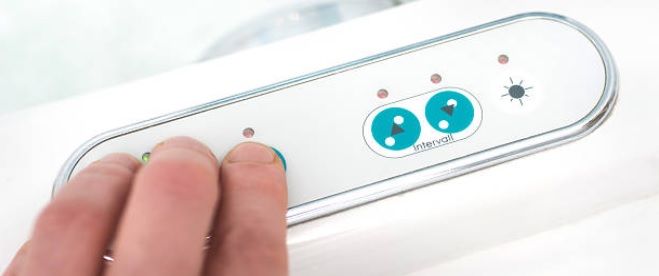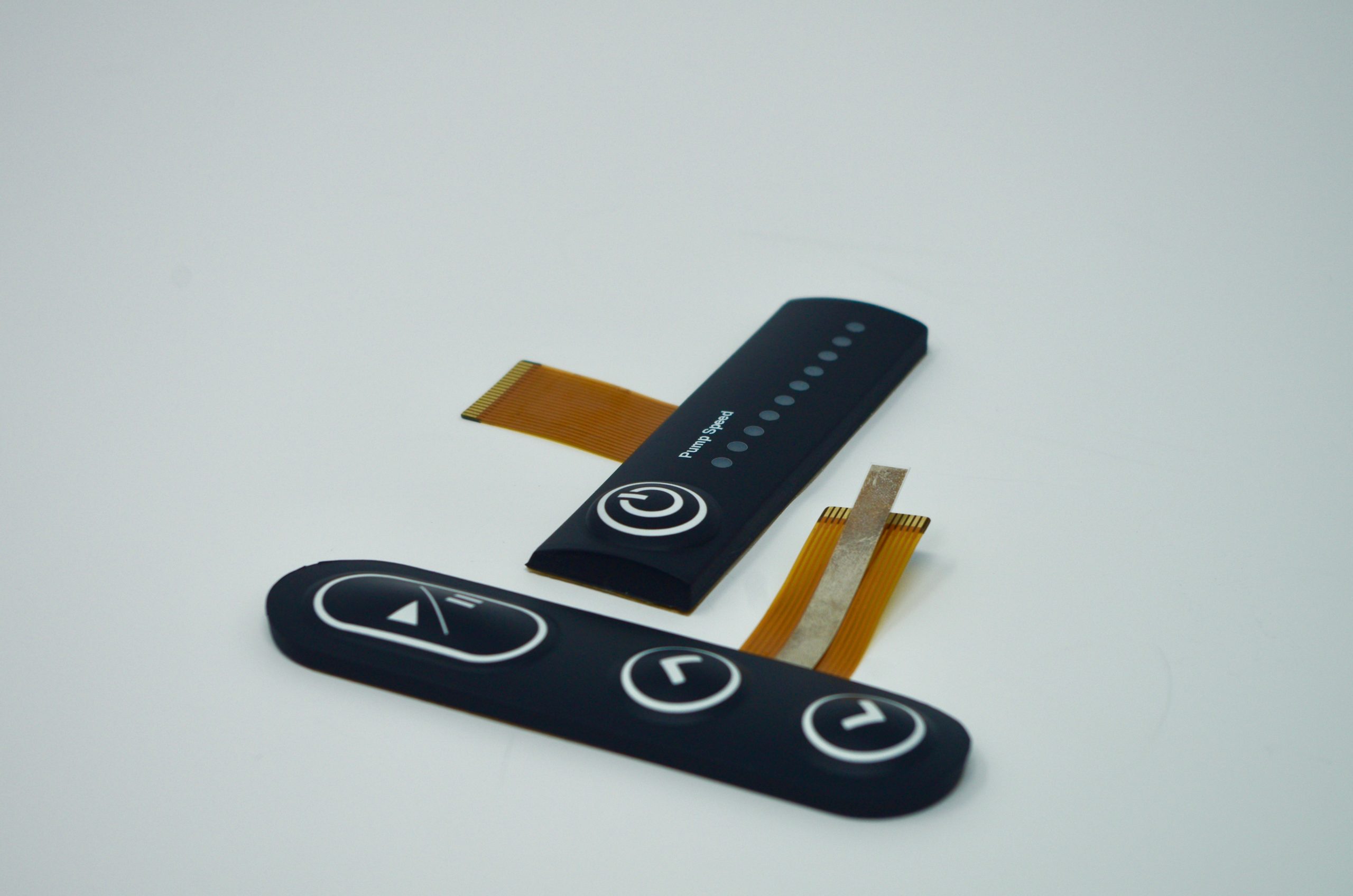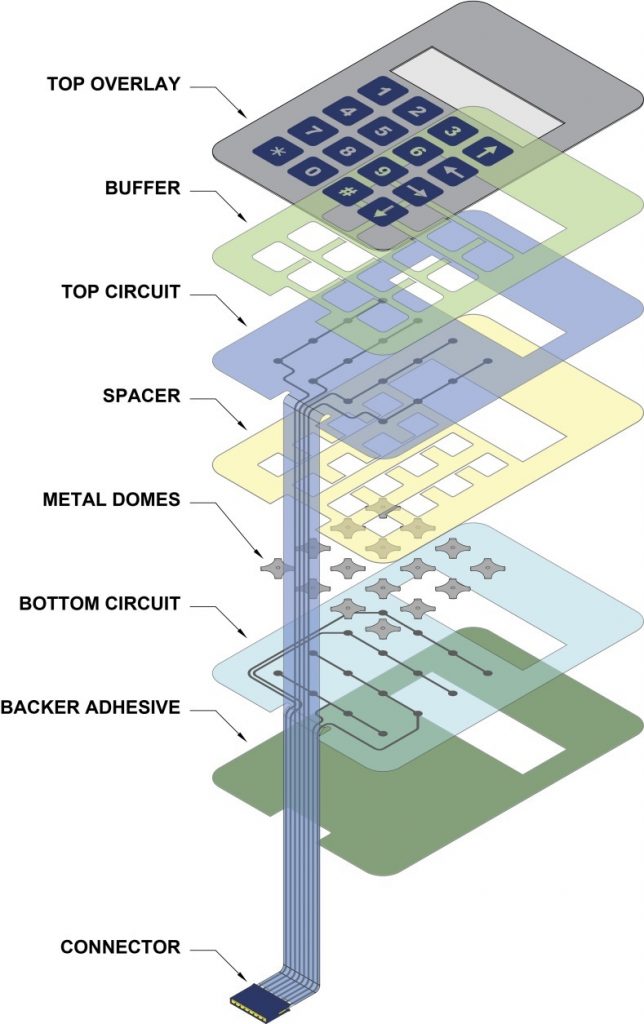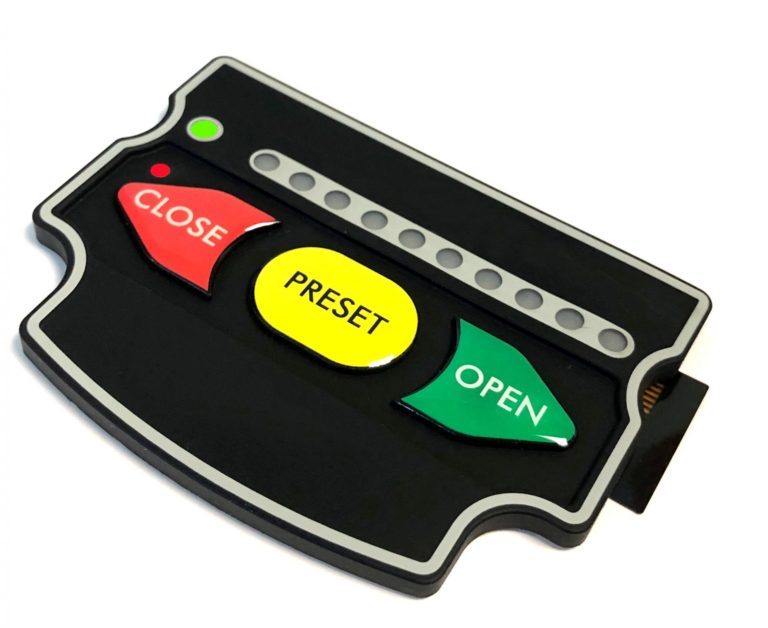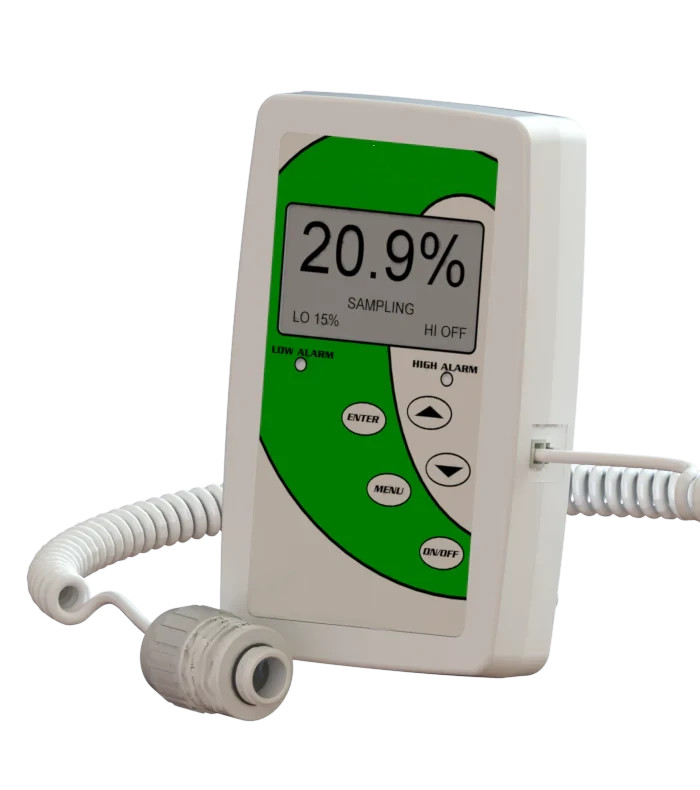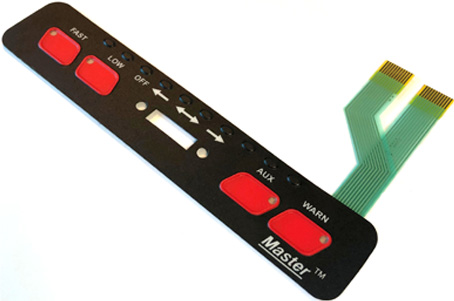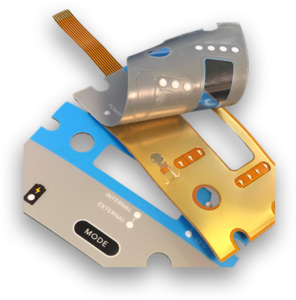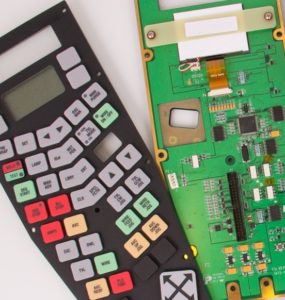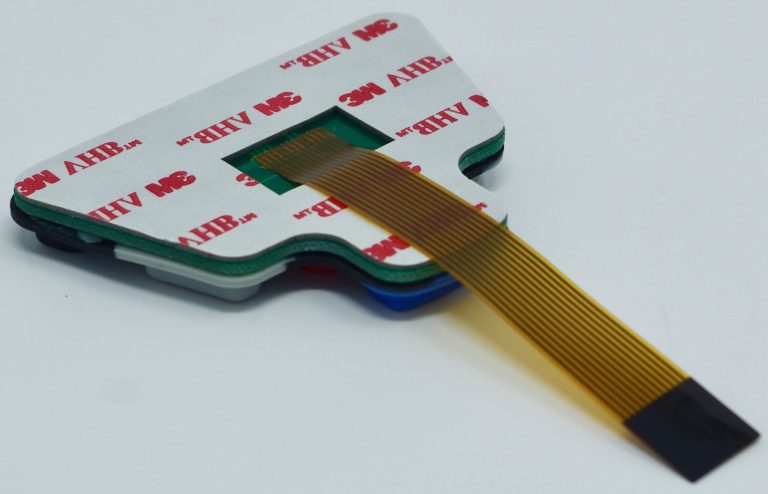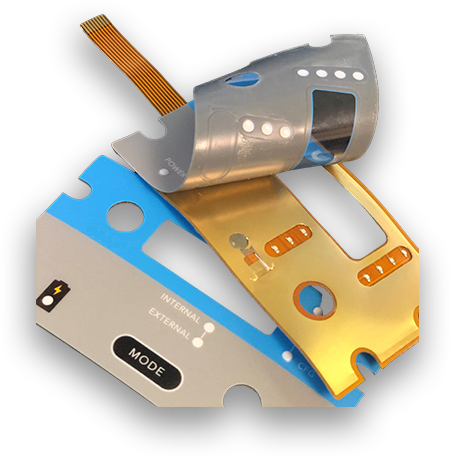Backlighting Membrane Switches

Membrane Switch Backlighting
CSI Keyboards has been backlighting membrane switches, HMIs and user interfaces for over thirty five years. We’ve used backlighting techniques from the simplest LED membrane switch using a single colored LED indicator with a transparent smoked LED window (to hide LED from surface), to the most complicated multi-colored membrane keypad switch assembly. We can bring your product to life and make it truly stand out from your competition. Typical backlit designs include: backlighting keys, nomenclature, logos, perimeters, indicators, or the entire keypad.
Rubber Switch Backlighting
When it comes to elastomeric rubber keypad backlighting, CSI has the expertise to utilize and take advantage of molded silicone rubber which is an excellent conductor of light. CSI Keyboards utilizes translucent rubber, laser etching, light piping technology as some of our many techniques.
Backlighting Solutions
LEDs: LEDs are the most popular and economical method for keyboard backlighting. LEDs are most commonly used to backlight keys, icons and symbols. LEDs are also typically used as indicator lights. A combination of LEDs, Light Guide Film and proprietary CSI backlighting methods can be designed to backlight the entire surface of a user interface.
Light Guide Film (LGF): LGF is designed to evenly distribute light from top or side firing LEDs, providing bright, uniformed illumination. It also reduces the amount of LEDs needed, saving power consumption. More on light guide film technology below. CSI Keyboards uses proprietary techniques to design the light guide film so it is optimized for light redirection and reflection giving the customer the brightest possible backlighting solution. Light guide film dots are also designed and implemented which allow for the optimization of light distribution to obtain maximum brightness and uniformity. Common problems that many of our competitors face are light leakage and hot spots. CSI’s backlighting designs prevent any light leakage and hot spots from occurring, and also result in much brighter light guide film and interface.
Electroluminescence (EL): EL is applied on a very thin layer between the graphic overlay and the circuit. EL uses a printable ink deposit to illuminate the switch and provide a uniformed illumination.
Fiber Optics: Fiber Optics provide a flexible back lighting layer that can be incorporated between the graphic overlay and the circuit layer allowing the entire surface area of the membrane switch to be evenly backlit.

